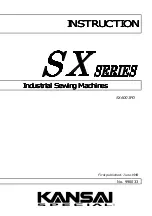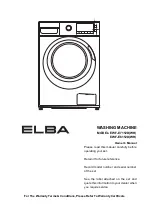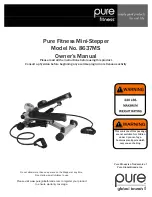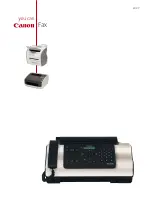Reviews:
No comments
Related manuals for US2004

SX Series
Brand: KANSAI SPECIAL Pages: 21

EX100
Brand: Necchi Pages: 64

HQ Sweet Sixteen
Brand: handi quilter Pages: 30

SONIC DUO SP600Q
Brand: Shark Pages: 20

EWF-E7152D
Brand: Elba Pages: 17

SircleBind CB-3000
Brand: Sircle Pages: 6

8637MS
Brand: Pure Fitness Pages: 12

CONTEC ALPHA
Brand: Bartell Global Pages: 16

MC9900
Brand: Janome Pages: 22

MICROMAG 17'' DISK PAD ASSIST
Brand: RPS Pages: 38

OKIOFFICE 120
Brand: Oki Pages: 197

FSM-150
Brand: EuroLite Pages: 38

SE7452B
Brand: Philips Pages: 2

FAX-B320
Brand: Canon Pages: 116

Fax
Brand: Canon Pages: 7

FAX-B115
Brand: Canon Pages: 13

B180C
Brand: Canon Pages: 139

B155
Brand: Canon Pages: 140

















